For Your Reference:
- ICON Circle Puzzles Mini Kit 1 - FUNdoing Blog with play details and Word Circle Puzzles links and a link to the second evolution of circle puzzles - Picture Circle Puzzles.
- Use the 'Search' feature (top of this blogs right column) to find TONS of 'Word Circle Puzzles' ready to use.
- TheNounProject - This is where I get my ICONS (free for some ICONS, pay $40/year for unlimited).
- Circle Puzzles Print-N-Play Kits - Check out the Circle Puzzles Kits, both Word and Picture Word Circles Kits at the FUNdoing store. PDF downloads ready to print and play!
| iconwordcirclepuzzles_set2_kit.pdf |
Chris Cavert, Ed.D.

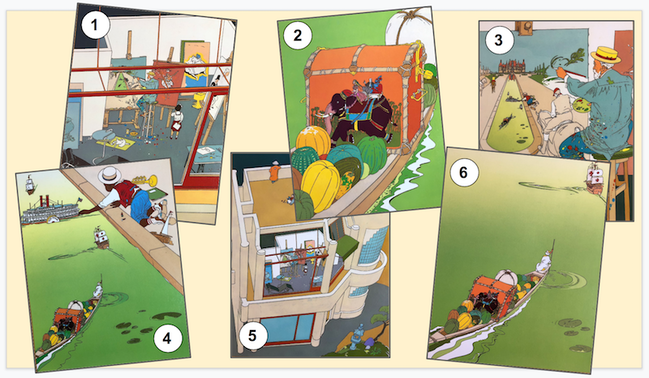
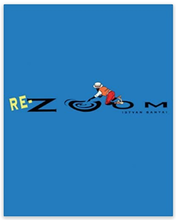
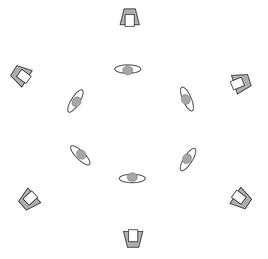
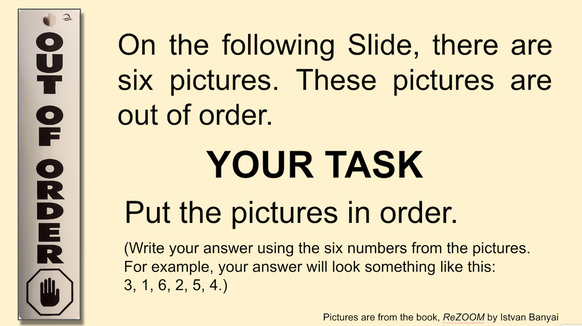
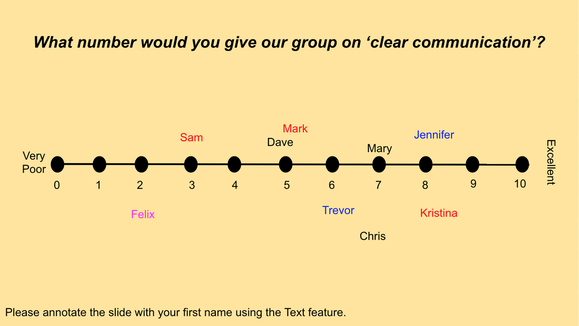
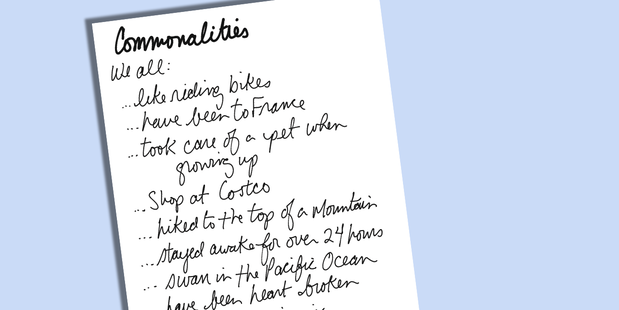
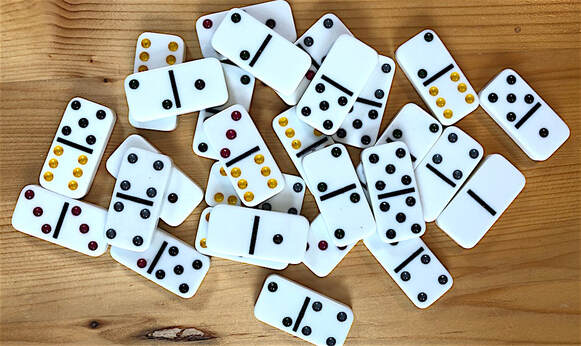
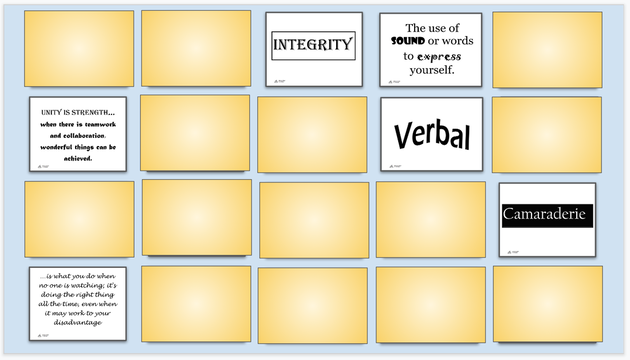
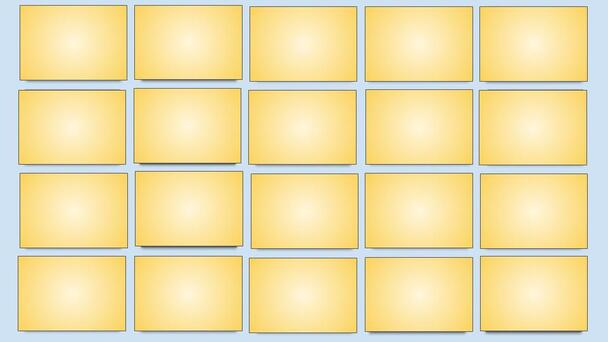
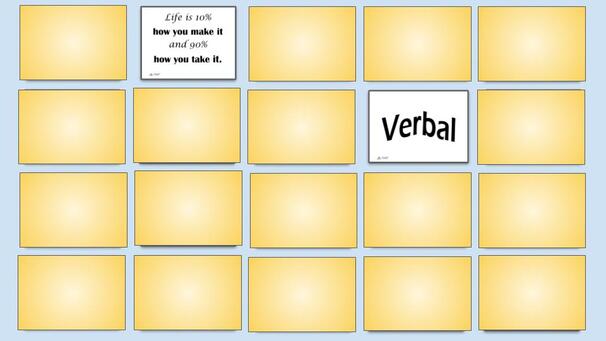
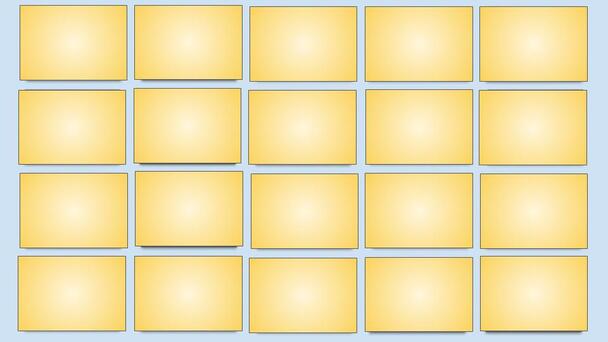
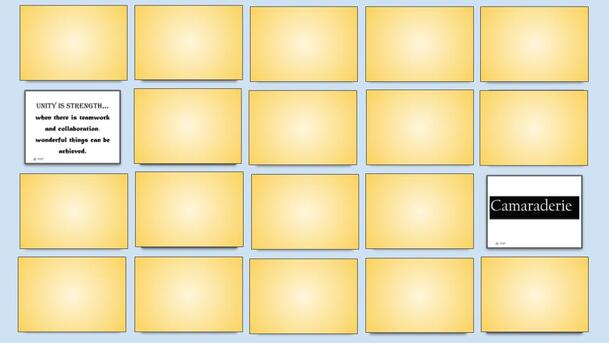
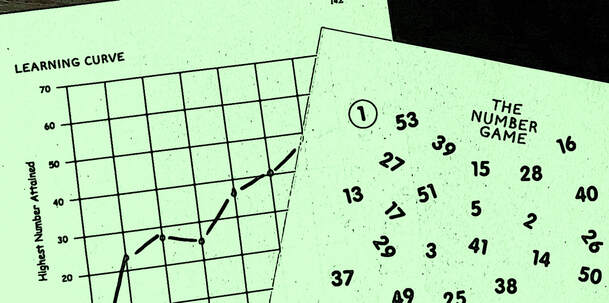





 RSS Feed
RSS Feed